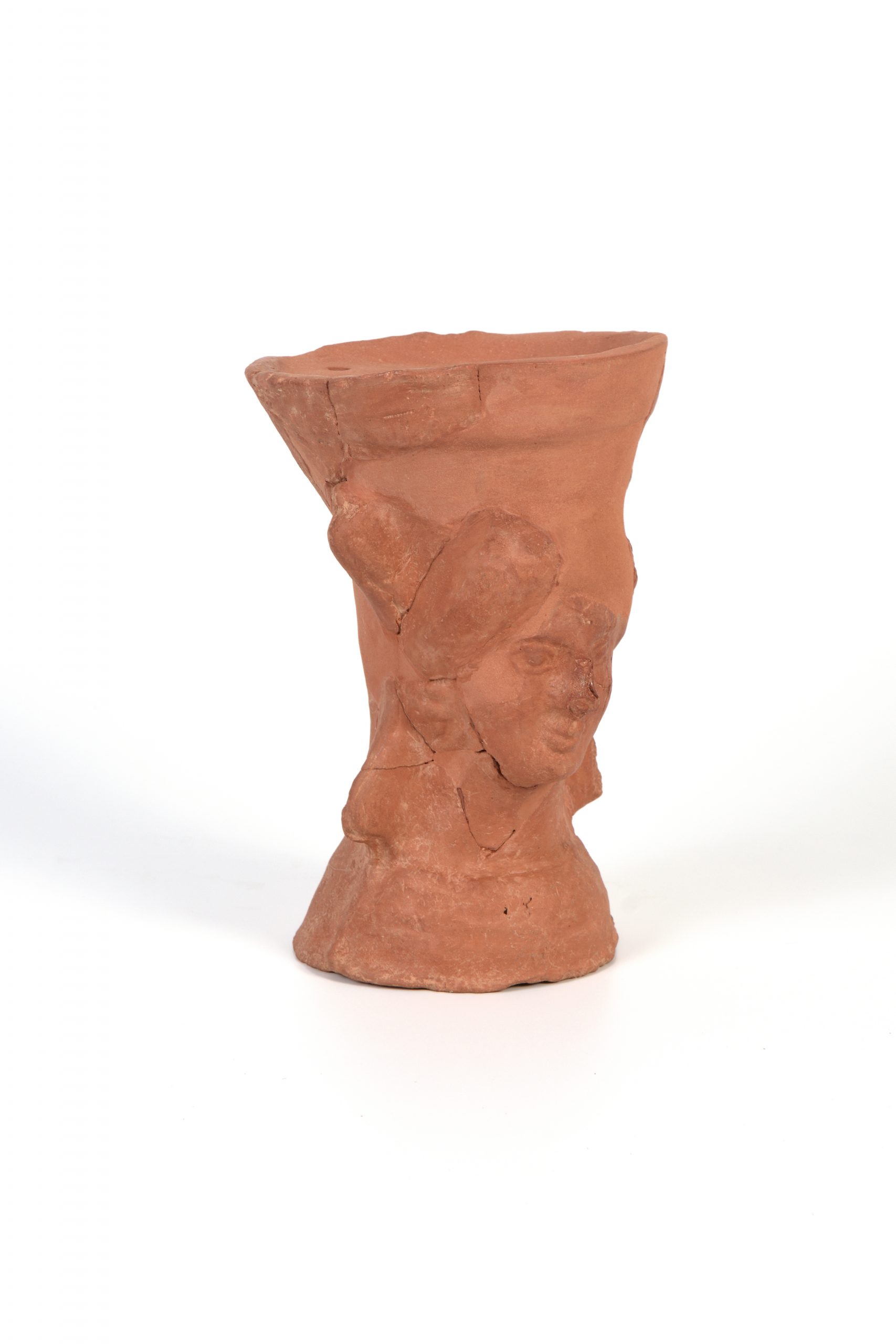- Object type
- kernos
- Production date
- -300 / -100
- Fabric -
- Culture
- Protohistory and Iberian world
- Discovery location
- El Bordissal
- Materials
- pottery
- Township
- Camarles (Europa, Espanya, Catalunya, Tarragona, Baix Ebre)
- Technique
- moulding
- Where is it?
- Reserva provisonal
- Dimensions
- 163 x 113 mm


